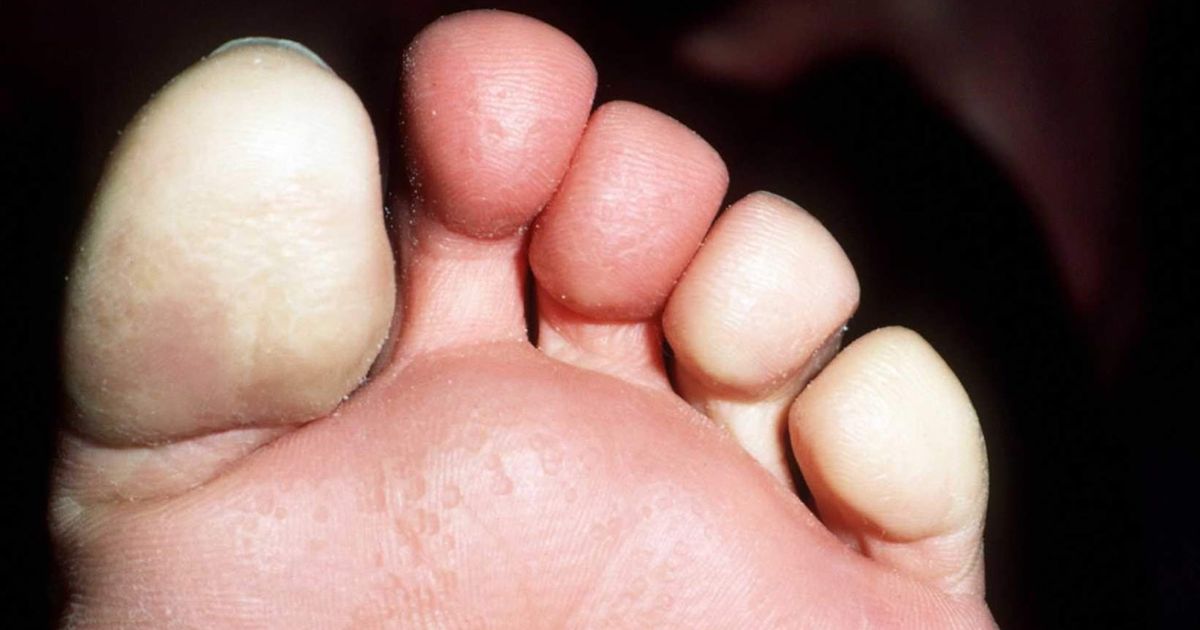Warning Signs Of Corns And Calluses
Calluses and corns are some of the most common foot conditions in the world. These are hardened, thick areas of skin that will develop on the feet when there's friction or pressure. Patients might also develop calluses on their hands if they use them for work that involves friction. These conditions don't tend to be serious enough to require medical intervention, but they can be a sign a more severe condition is developing. Calluses and corns both form when the skin attempts to protect the underlying area from pressure or injury. It thickens and can become inflamed in response to outside friction. Calluses and corns aren't dangerous, but both can make feet irritated. They're commonly found in individuals with poorly fitting shoes. There are a number of signs and symptoms to look out for.
Raised And Hardened Bump

A raised and hardened bump is the main sign of a callus or corn, though there are differences between the two. Sometimes individuals become concerned the hardened bump might be a sign of a more serious medical condition. If an individual doesn't have any reason to have developed a callus or corn, it can be helpful to consult with a foot specialist. However, corns and calluses aren't dangerous. A callus is usually bigger than a corn, and patients will find it in irregular shapes that often cover the entire area of friction. Corns, on the other hand, tend to be small and round. They may have a hard center surrounded by more inflamed skin. While calluses aren't often painful, corns can be.
Learn more about the signs of calluses and corns now.
Dry Or Waxy Skin

When it comes to corns, dry or waxy skin is often paired with the raised surface. Calluses might also involve dry skin. Sometimes, fluid-filled blisters will then harden into calluses, though it's important not to pop blisters on purpose and let them heal on their own instead. Corns will usually form on bony parts of the foot, and patients will typically find them at the joints of their toes. Corns can commonly be mistaken for warts because they look very similar. Corns are raised and hardened, with a surface that's waxy or dry. When trying to tell the difference between a wart and a corn, patients should keep the location in mind. Corns will be between the toes or on top of the foot. Warts might develop on any portion of the body, including the sole of the foot. In addition, warts come in clusters, but corns do not.
Continue reading to discover additional warning signs of corns and calluses now.
Pain Or Tenderness

Patients might experience pain or tenderness in conjunction with their corns or calluses. Calluses often form where there was previously a painful blister, though calluses don't often cause pain. Corns, on the other hand, tend to have a core surrounded by painful skin. If a corn is causing significant pain, patients might need to see a doctor for medical relief. A doctor might refer patients to a foot specialist like a podiatrist if they deem it necessary. However, most corns should be treatable by a general practitioner. There are two main types of corns: hard and soft. A soft corn will be found between the toes, and they'll usually be pale and have a rubbery texture. Hard corns develop on bony portions of the foot and flat, dry skin areas.
Understand more about how to spot corns and calluses now.
Inflammation

Calluses don't tend to cause inflammation, although they can develop to protect inflamed areas. If a patient notices a hard patch of skin over a previously-inflamed area, there's a good chance it's a callus. Corns, though, tend to be defined by the inflammation and will have a hard center that seems similar in size and shape to a wart. The skin surrounding this core will often be red and inflamed. It might cause pain when an individual walks or the corn rubs against their toes. If a patient has painful corns or calluses, they might need to talk to a doctor. However, there are also topical over-the-counter medicines for corns and calluses. Pumice stones can sometimes be helpful for calluses as well. If the corn or callus is causing significant pain, it's helpful to get it checked out by a medical professional.
Get to know another symptom of corns and calluses now.
Rough And Thick Skin

Another common sign of corns and calluses is rough and thick skin, though this sign tends to be more common in calluses than in corns. As previously mentioned, calluses can form in irregular shapes. They exist to protect the body from injury. When friction wears away layers of skin, the body responds by thickening and toughening the skin so it won't break. This protective measure can save individuals from bleeding wounds and potential infections, but it can also be irritating. If an individual has pads of roughened, thick skin on the soles of their feet, or thick pads on the palms or fingers, they may have calluses. Oftentimes, individuals who play stringed instruments will develop calluses on their hands.